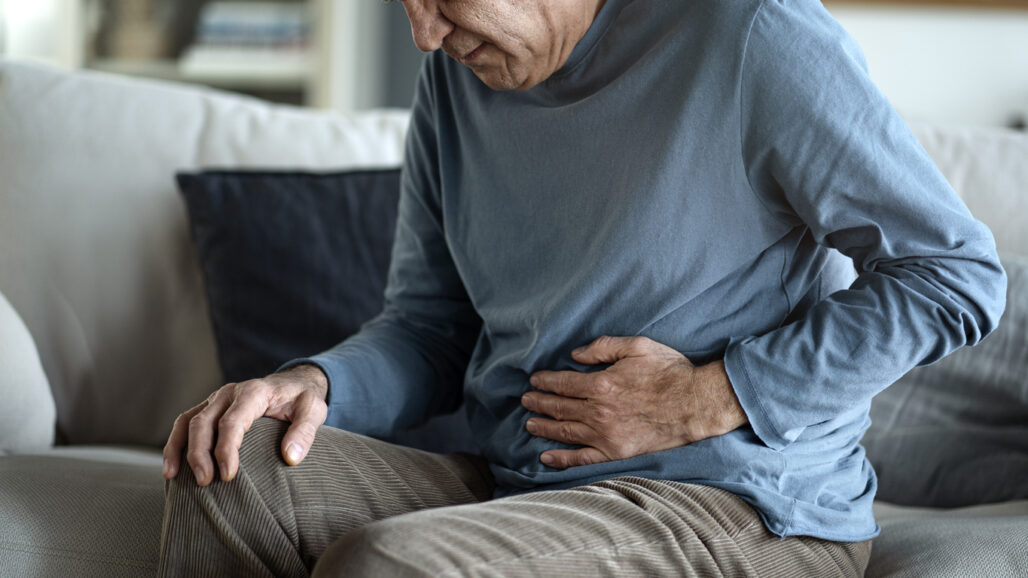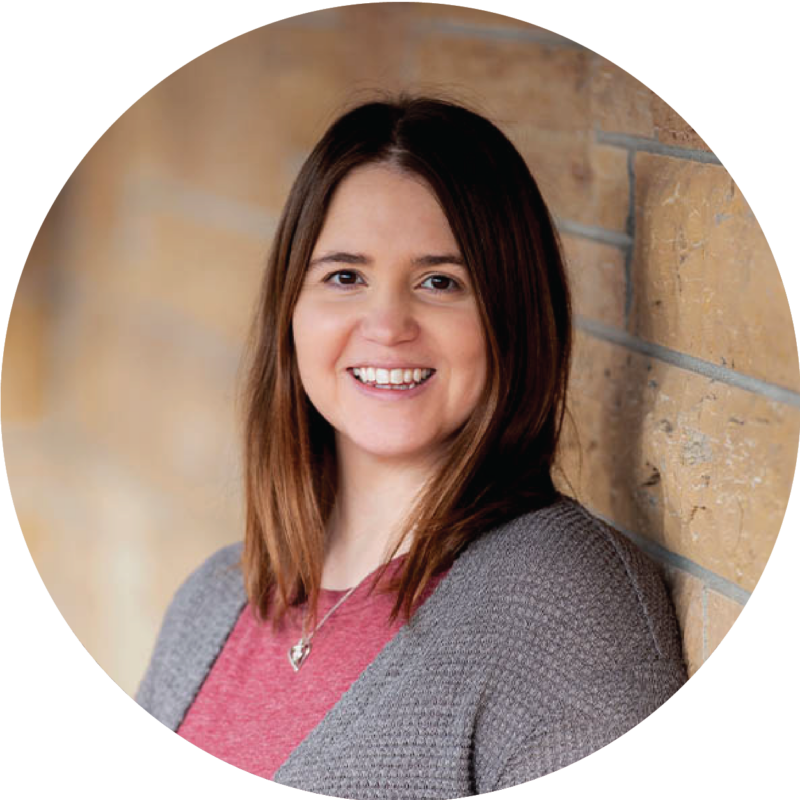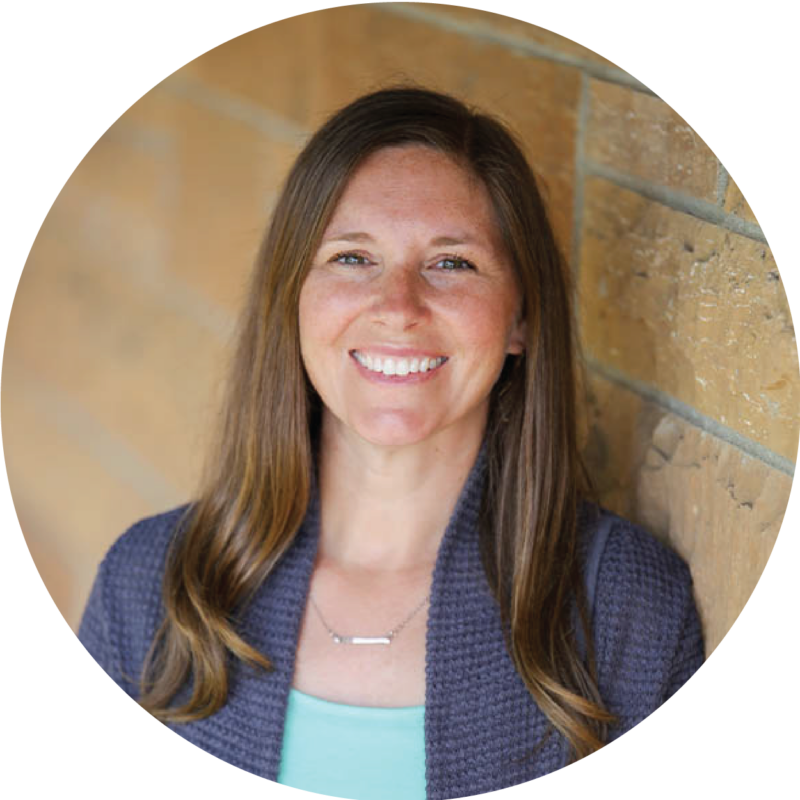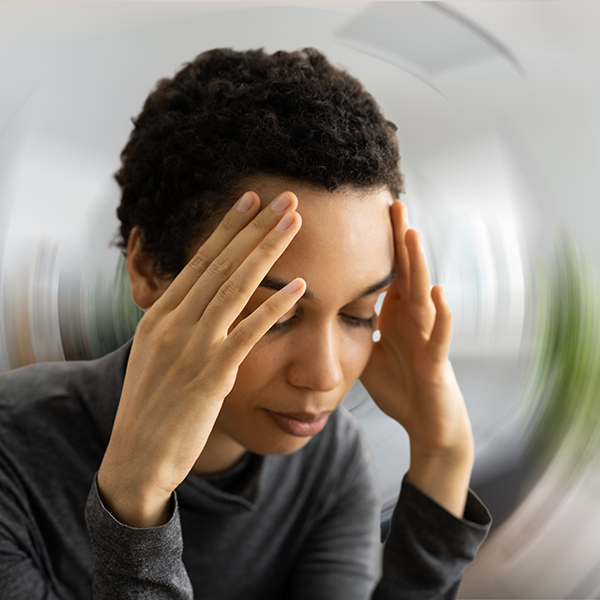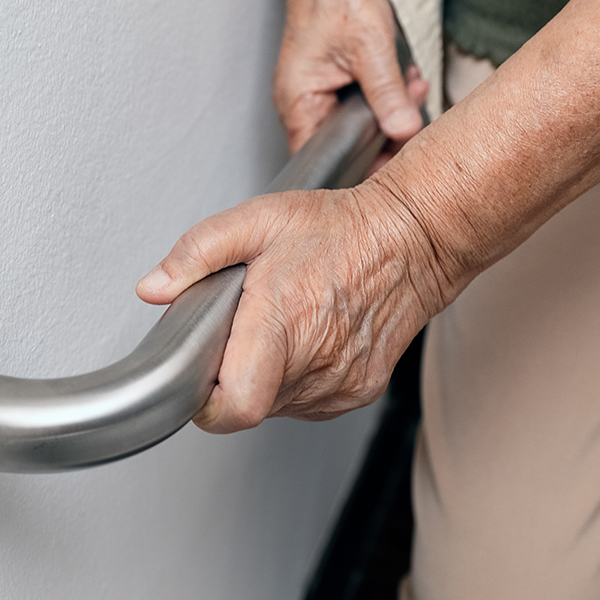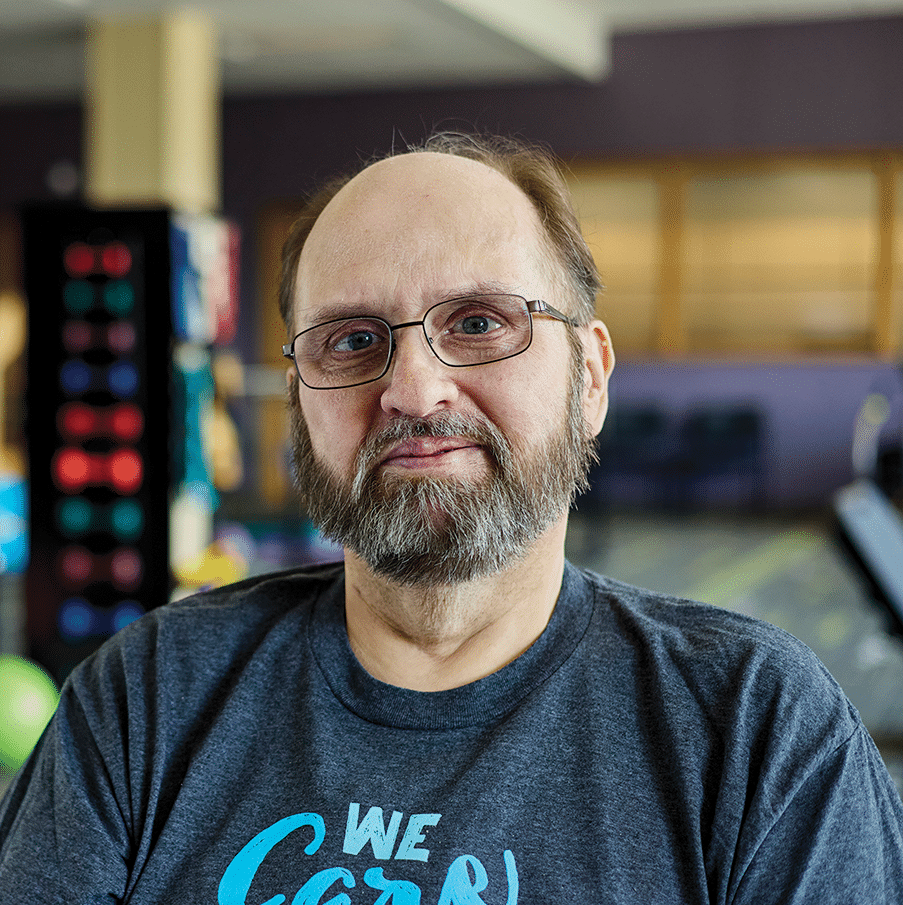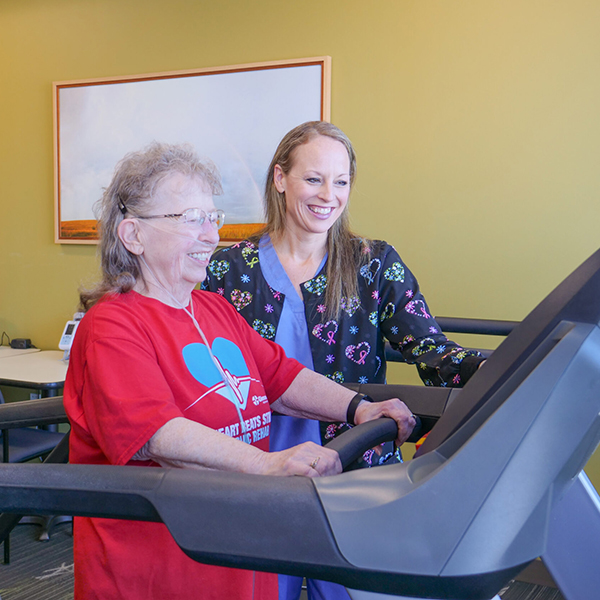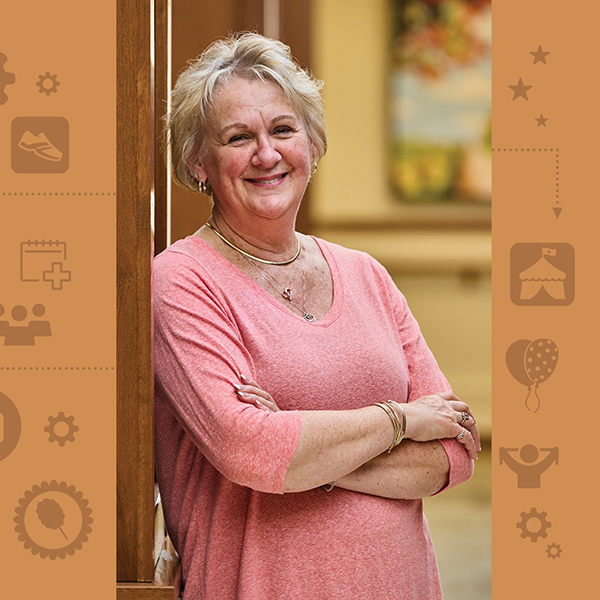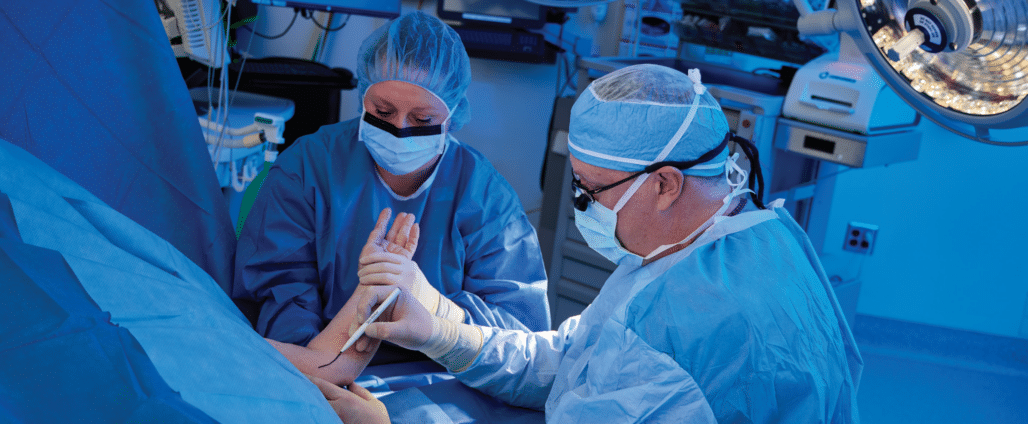Problems with bladder or bowel function can happen to men and women of any age, and can have a serious impact on your quality of life. There are three major categories of bladder and bowel dysfunction:
- Incontinence is the loss of control over the bladder or bowel. There are two types of incontinence. Stress incontinence is the unintentional loss of urine during physical activity such as coughing, sneezing, laughing, lifting, or jumping. Urge incontinence is the strong need to urinate or have a bowel movement with only seconds or minutes to reach the bathroom.
- Frequent urination is the need to urinate more than seven times in a 24-hour period. This condition is sometimes diagnosed along with incontinence and sometimes stands alone. Frequent urination may be associated with abdominal and pelvic pain, including painful bladder symptoms or spasms.
- Constipation is difficulty passing stools and/or having infrequent bowel movements.
Who Can You See for Diagnosis and Treatment Advice?
At Glencoe Regional Health, providers in our family medicine, internal medicine, ob-gyn, and urology departments can diagnose problems with bladder or bowel function. Depending on the type of problem, there may be several treatment approaches available, including physical therapy, medications and surgical procedures. Your doctor can help you select the best treatment to fit your lifestyle.
How Can Physical Therapy Help?
The goals for therapy will be specific to your situation, but may include:
- Improving your ability to perform activities at home, school or work
- Decreasing or eliminating urinary or bowel incontinence
- Decreasing frequency of urination
- Decreasing or eliminating constipation
What Can You Expect During Physical Therapy?
At the first visit, your physical therapist will perform a thorough evaluation to assess how your nerves, muscles and skeleton function together and better understand how these systems are affecting your bladder or bowel function. Next, your therapist will create an individualized treatment plan based on her assessment of your condition. Your therapist will discuss the treatment plan with you, including the number of treatment sessions and activities that will be included in future therapy sessions to reach your treatment goals.
Physical therapists use a number of different approaches to treat bladder and bowel dysfunction. For example, neuromuscular re-education is used to normalize the timing and frequency of urination or bowel movements and retrain the pelvic floor muscles. Manual techniques may be used to improve muscle tone or improve scar mobility. Electrical stimulation and biofeedback may be used to improve muscle function.
Physical therapists also provide information about lifestyle changes and food and fluid intake that can contribute to improved bladder or bowel function.
Service Area
Our primary service area is McLeod County, Minnesota including: Biscay, Brownton, Glencoe, Hutchinson, Lester Prairie, Plato, Silver Lake, Stewart, and Winsted. We also service parts of Sibley County, including: Arlington, Gaylord, Green Isle, New Auburn, and Winthrop, as well as the western part of Carver County, including: Hamburg, Norwood, and Young America, and part of Renville County, including: Buffalo Lake.

